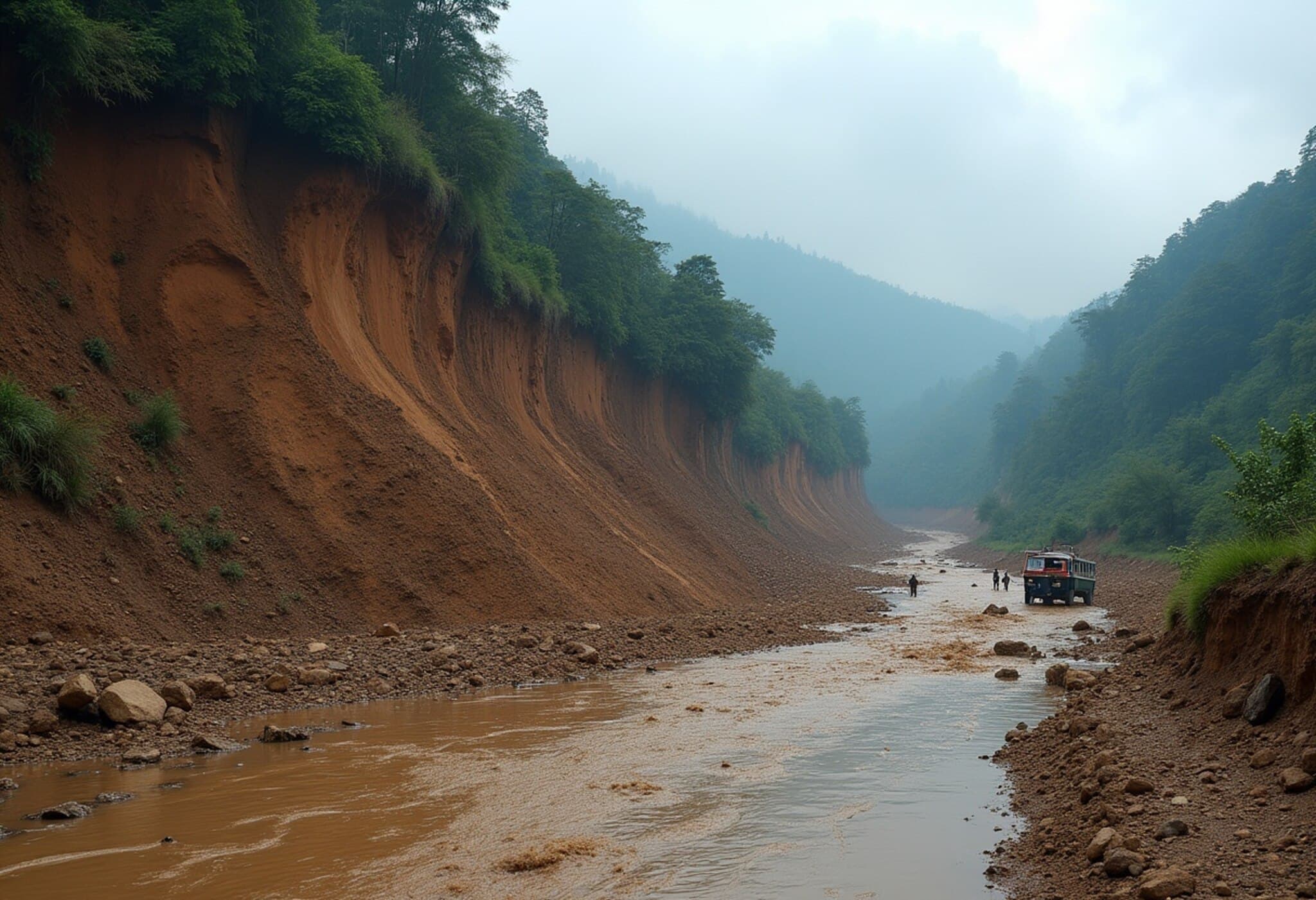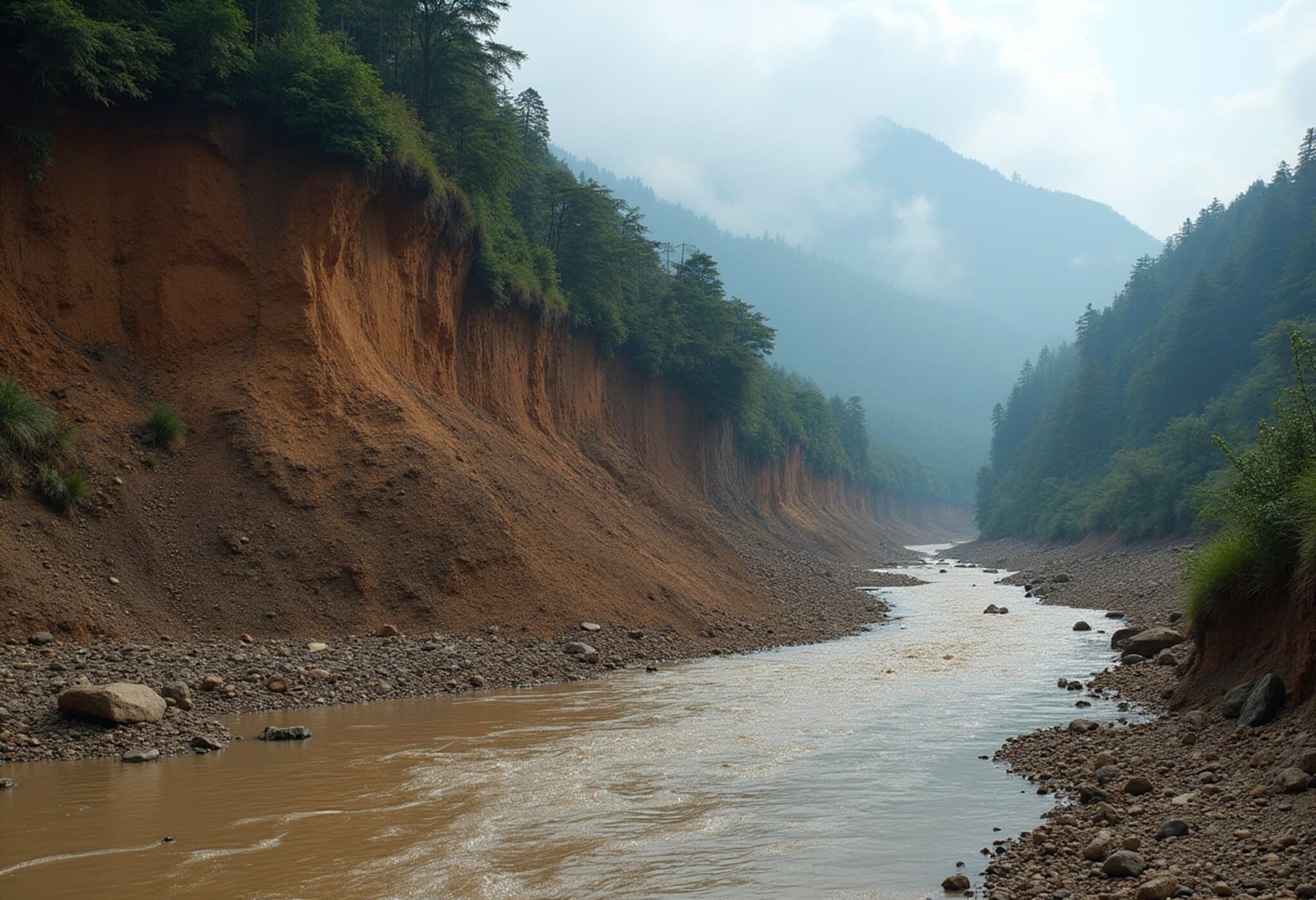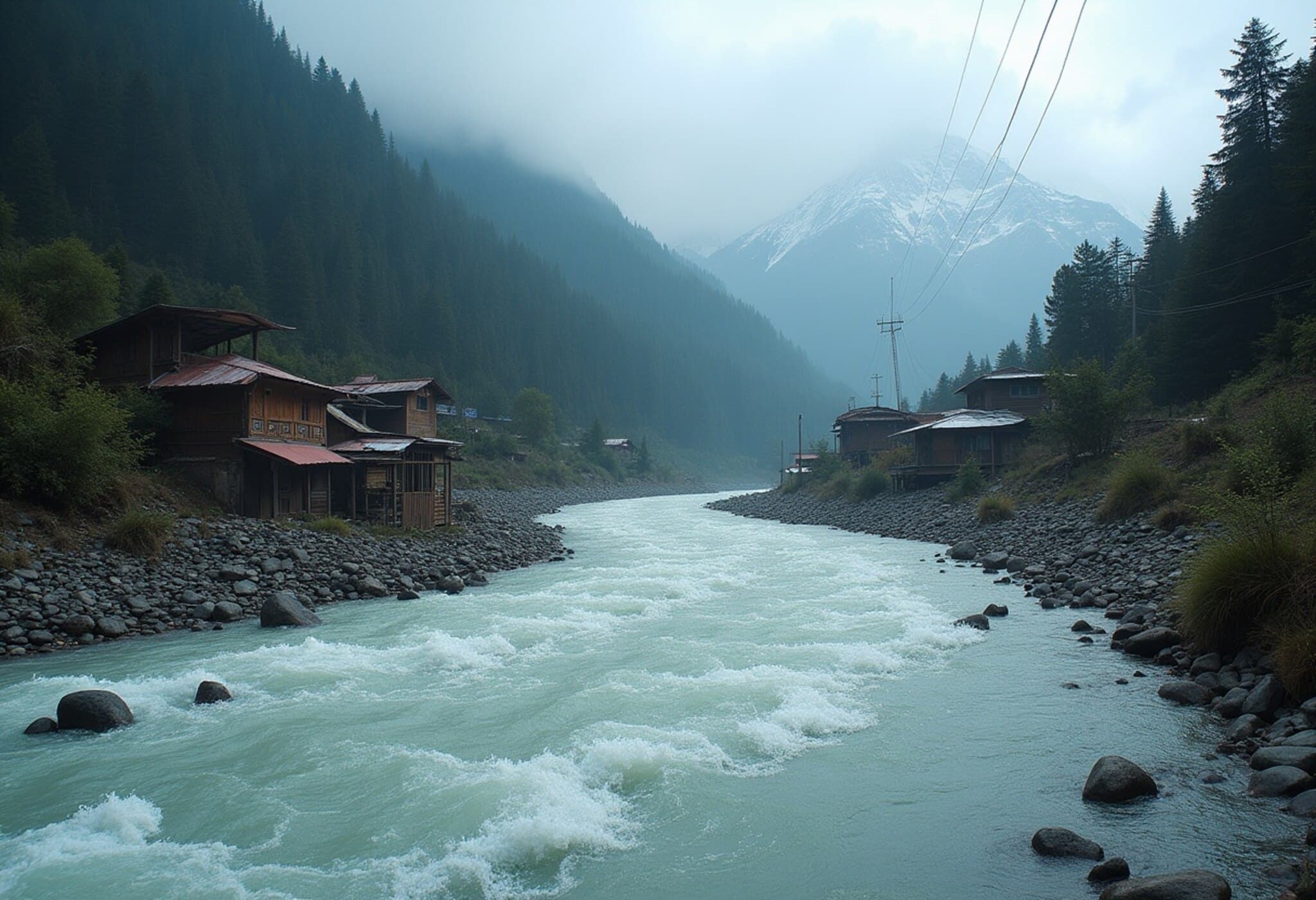Sudden Cloudburst Sparks Deadly Mudslide in Northern India
Lucknow, India – August 6, 2025: A powerful cloudburst in the Himalayan state of Uttarakhand unleashed a catastrophic mudslide that engulfed the remote village of Dharali, claiming at least four lives and leaving more than 50 villagers missing. The scene of devastation—houses buried under thick mud and debris—captured on dramatic video footage shared by local authorities, paints a grim picture of nature’s fury striking with little warning.
Rescue Efforts Underway Amid Mounting Challenges
In the aftermath, the Indian Army’s Central Command confirmed deployment of rapid response teams alongside disaster relief forces to the affected area. State officials, including Uttarkashi district administrator Prashant Arya, reported ongoing search-and-rescue operations aimed at locating survivors trapped beneath rubble. The torrent of water and mud flowed with such force that entire homes and roads were swept away, forcing terrified residents to flee for safety.
Cloudbursts — A Growing Threat Amid Climate Change
Cloudbursts — intense localized rainfall events over brief periods — are infrequent but increasingly common in Uttarakhand’s fragile Himalayan landscape. Experts point to climate change as a significant factor intensifying these downpours. Compounding the risk is the region’s steep terrain, combined with decades of unregulated construction and deforestation, which degrade natural barriers against landslides and flash floods.
“The tremors of climate change are visibly rewriting the rules of monsoon patterns here, demanding urgent policy attention,” notes Dr. Anjali Rao, a Himalayan environmental scientist. “These tragic events highlight the interdependence of climate resilience and sustainable development.”
Historical Context of Disaster and Vulnerability
Uttarakhand has faced similar disasters in the past. In 2021, flash floods from intense rainfall obliterated hydroelectric projects and caused over 200 fatalities. The state’s approximately 10,000 glaciers are receding, which alters hydrological cycles and may exacerbate flood risks. Additionally, last year’s deadly floods in Kerala underscored how poor infrastructure planning and lax regulation can transform natural events into human tragedies.
Government and Leadership Response
Prime Minister Narendra Modi expressed deep condolences and emphasized that relief and rescue efforts were a priority. Meanwhile, Uttarakhand’s Chief Minister Pushkar Singh Dhami called the destruction deeply distressing and urged coordinated action.
Despite the fast-moving nature of such disasters, the urgency to integrate scientific forecasting, community preparedness, and ecological safeguards remains paramount. With more heavy rainfall predicted over the coming week, vigilance and proactive disaster management are critical for vulnerable communities.
Underreported Narratives: The Human and Policy Dimension
Beyond immediate rescue, incidents like the Dharali mudslide demand a broader conversation on sustainable mountain development. How are livelihoods, especially of indigenous and rural populations, being affected by repeated disasters? What investments are being made to strengthen early warning systems and resilient infrastructure? These questions often remain on the periphery but are central to breaking the cycle of vulnerability.
In an age where climate volatility is the new norm, Uttarakhand’s tragedy isn’t isolated—it is a warning and call to action for policymakers across South Asia and other mountain regions worldwide.
Editor’s Note
As monsoon-induced disasters gain frequency, Uttarakhand’s recent tragedy underscores the urgent need for climate-adaptive infrastructure and community resilience. This event raises critical questions about balancing development with ecological sensitivity in fragile mountain ecosystems. Informed, proactive policies combining scientific insight with local engagement will be key to safeguarding lives and livelihoods in the Himalayan belt and beyond.













